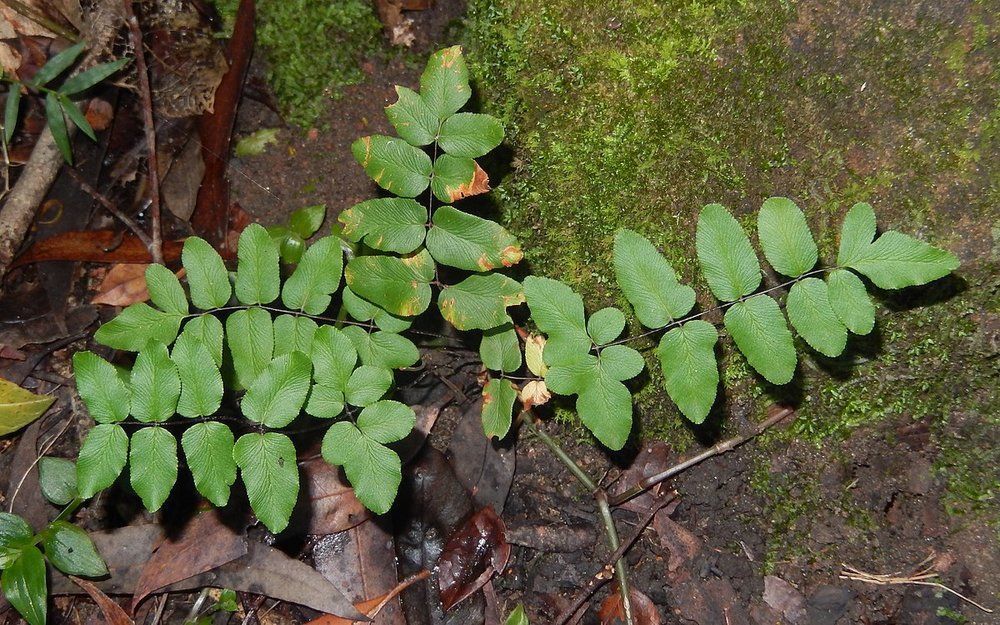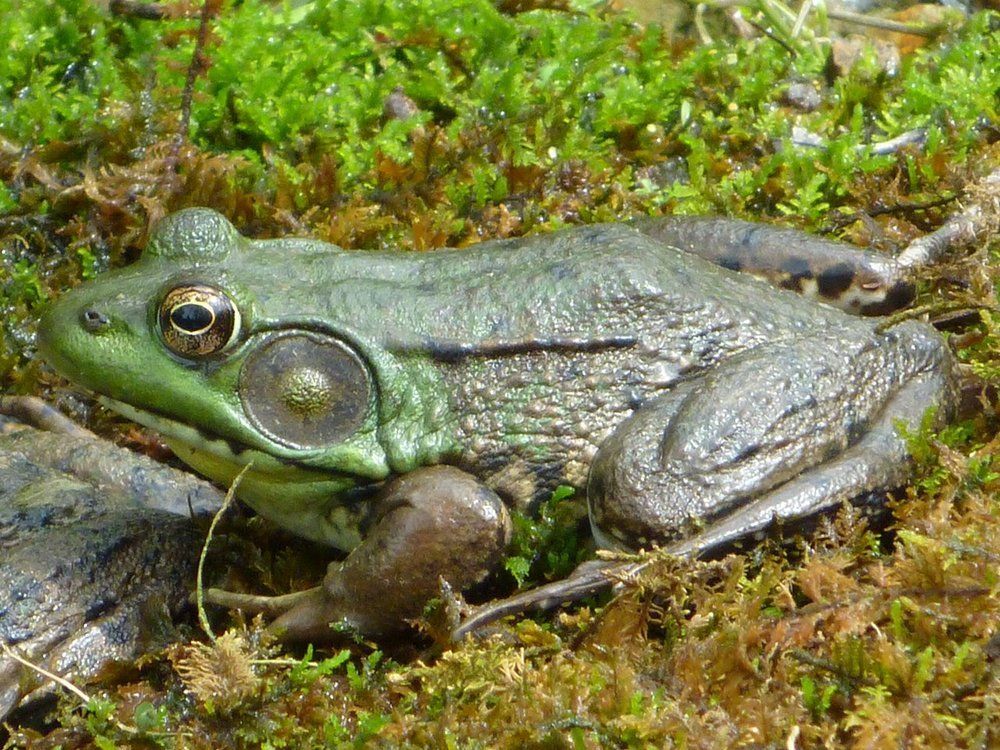DOLOMITE CLIFF
Dolomite Cliff
Dolomite Cliff communities are vertical exposures of bedrock. Our bedrock, dolomite, is similar to limestone but differs from it in chemical composition. Dolomite’s chemical makeup is CaMg(CO3)2, which contains calcium, magnesium, and carbonate. Limestone, on the other hand, is primarily comprised of calcium carbonate, or CaCO3. Our dolomitic bedrock was formed around 450 million years ago in the Ordovician period, when Illinois was a warm, shallow ocean. For this reason, you won’t find any dinosaur bones in our cliff faces, but you may find coral or trilobite fossils.
Our dolomite cliffs have been carved out by the constant flow of Hall Creek, not unlike the way the Colorado River formed the Grand Canyon. They border the creek like a wall in some areas and are farther back in others due to the creek changing course over time. The cliffs range in height from just a few feet to over 20 feet tall. Several plants and animals call these cliffs their home, many of which cannot be found anywhere else in the preserve or even Northern Illinois. The specific community makeup varies depending on the direction of the cliff face. This type of habitat is incredibly rare and should be treated with great care. Please stay off of exposures and view only from the trail, as many of the plants established on these cliffs are precariously attached.
Severson Dells gets its name from this community, as “dells” are small cliffs that line creeks and rivers. Likewise, Wisconsin Dells gets its name from a dell formation that lines the Wisconsin River.








































